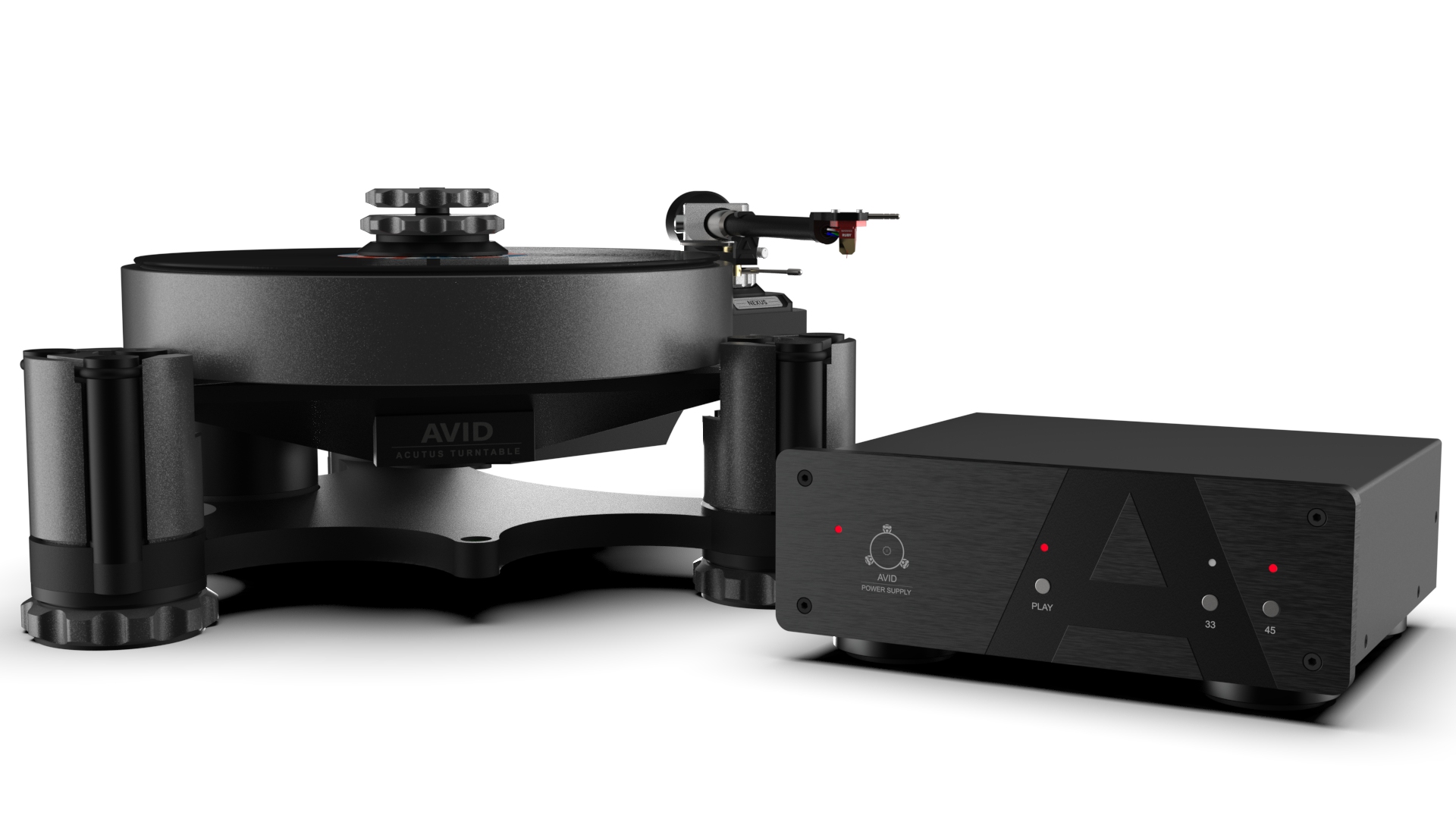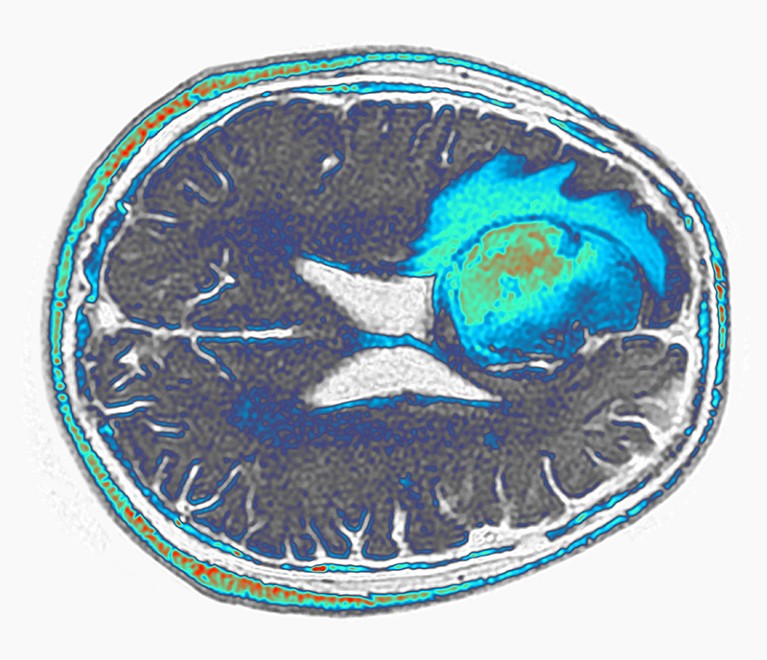[ad_1]
Money no object
We love to give practical buying advice on the latest gadgets here at TechRadar. But sometimes what we love even more is to indulge in the most ridiculous, high-end, cutting-edge, luxurious tech on the planet. That’s what we bring you in these Money no Object columns – you can read the whole series here.
The hunt for the best turntable never truly ends – but I’m pretty sure I’ve just found a very strong contender. British founded-owned-and-run analogue hi-fi manufacturer, Avid (see the splendid Avid Volvere for reference), has launched Acutus Dark Iron, its first new turntable in six years and the first to feature a new integrated motor design.
The Acutus Dark Iron is handmade in Cambridgeshire, England, and the company tells us that its striking new darker ‘Sparkling Iron’ finish comes as a result of customer feedback – with the added benefit that it significantly reduces the cost compared to the company’s more labor-intensive chrome-finish models (although make no mistake, it still costs a pretty penny).
Key to the Acutus Dark Iron is its new motor system. Said motor is now coupled to the main chassis, which, says Avid, ensures correct drive-belt alignment even when the turntable is levelled using its adjustable feet.
Acutus Dark Iron’s high-torque AC synchronous motor boasts a “tenfold increase in power over competitive turntables”, according to its makers, and because it sports twin round-section drive belts, speed fluctuations shouldn’t be an issue either.
The power supply employs DSP technology and because it comes equipped with an 80 VA mains transformer, it functions as an integrated amplifier tailored to its own high-torque motor.
Heavy is the head that wears the crown

The Acutus Dark Iron features a hefty 10kg aluminium platter (reassuringly heavy, I always think), topped with a 10mm damping disc and a felt-composite mat, although buyers can upgrade to Avid’s precision resin mat if they wish.
This weighty platter sits upon an inverted bearing design, where a tungsten carbide ball meets a sapphire jewel. A self-lubricating sleeve ensures, according to Avid, “silent, maintenance-free operation”.
The supplied Avid single-action clamp is precision-machined from solid aluminium, but the company also offers a dual-operation upgrade for greater control over varying record thicknesses, should you own a large collection of 3mm thick records from the 1960s, say.
The Acutus Dark Iron is available to order now from Avid retailers, priced $13,000 / £10,000 / €12,000 (which is around AU$19,250). And if you’re keen on those extras, the mat upgrade is $4,000 / £3,000 / €3,500 (so approximately AU$7,700) and the clamp upgrade is $700 / £500 / €600 (in the region of AU$960) – so you’re looking at $17,700 or £13,500 for the fully souped-up offering.
Beauty is of course in the eye of the beholder and to me, it’s a beautiful thing. If money were no object, I’d be inviting it into my home tomorrow.
You may also like
[ad_2]
Source Article Link





